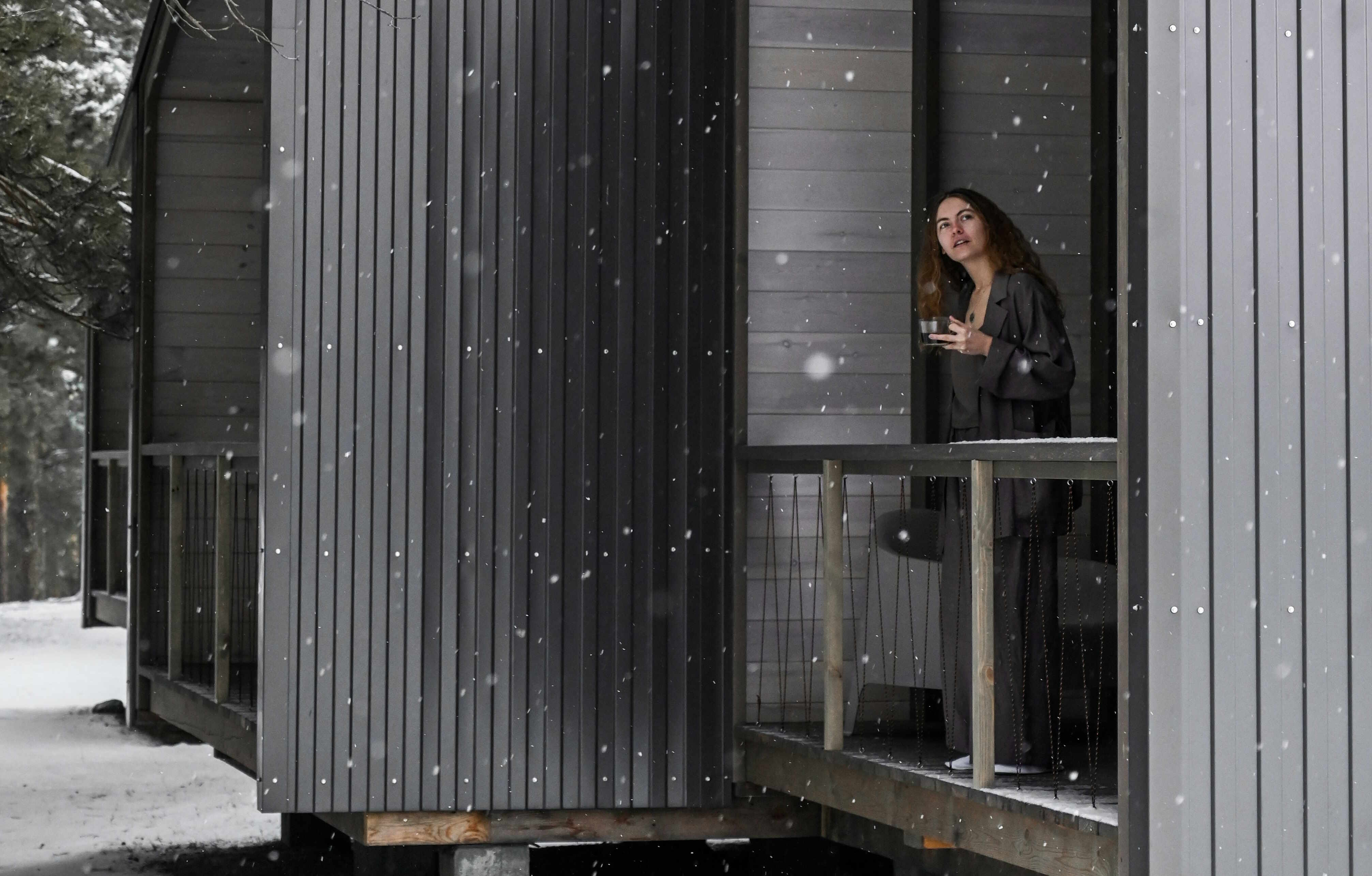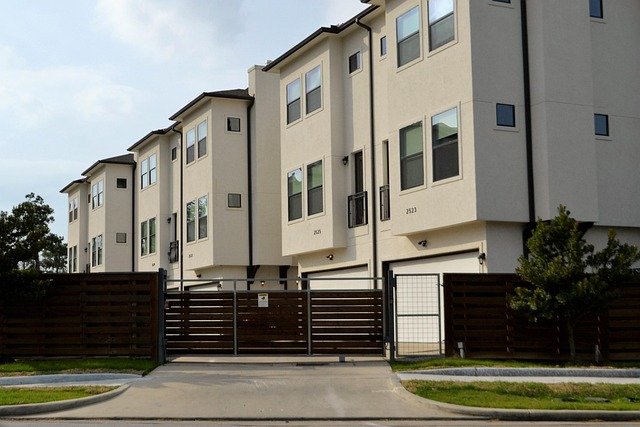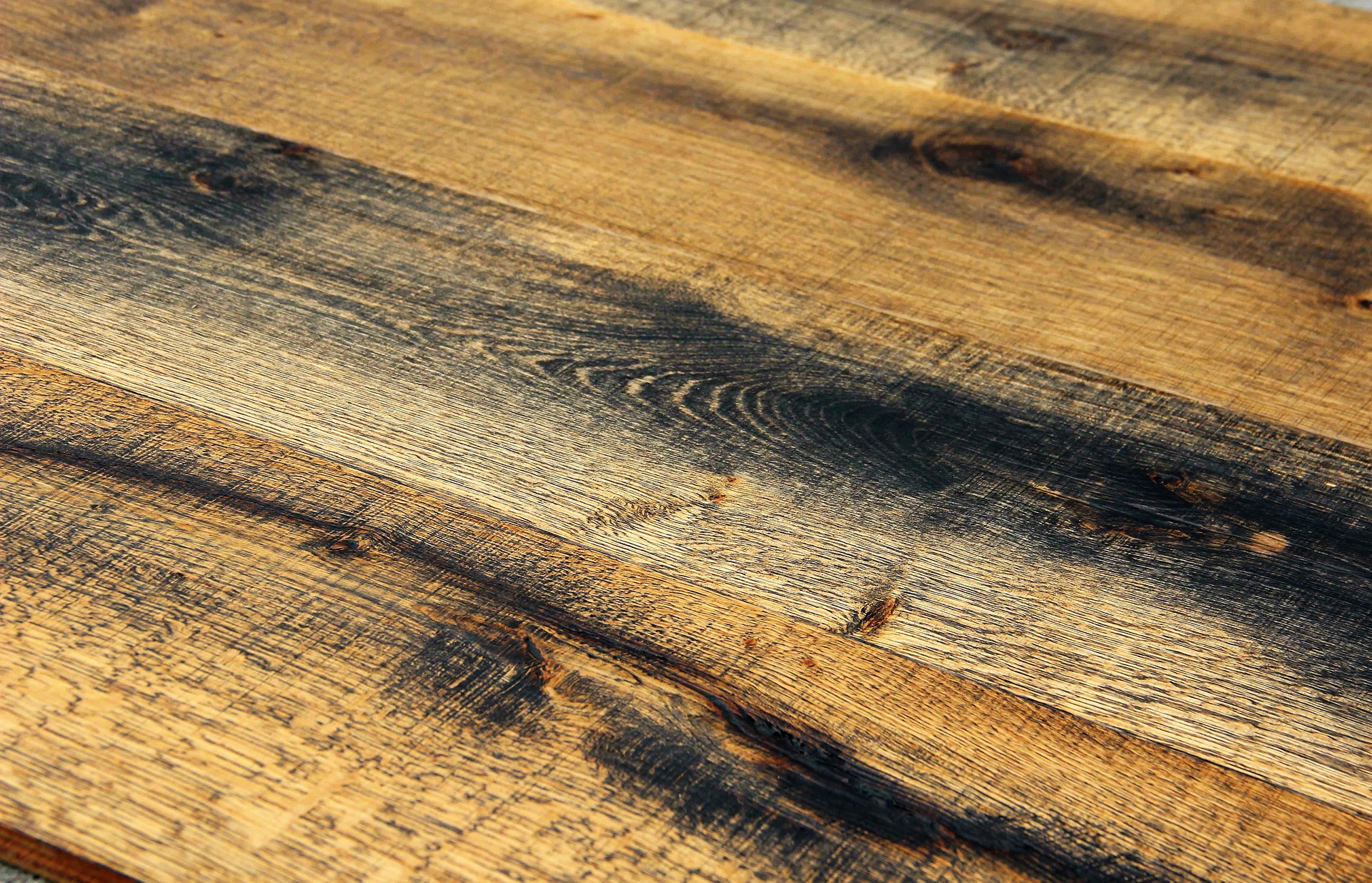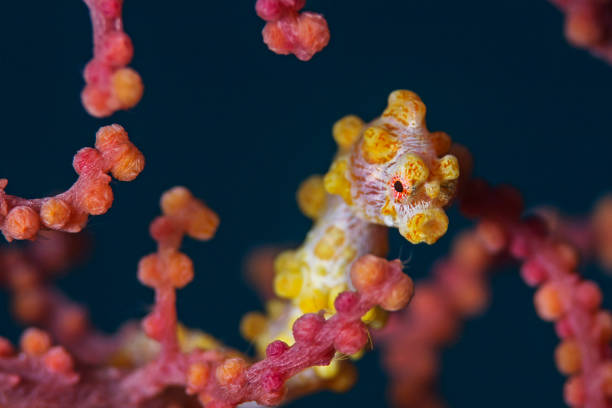Unraveling the Wellness Potential of Blue Light Therapy
Life is filled with light, and our bodies are wired to respond to it. From the dawn of history, humans have relied on the sun’s rays for warmth, light, and health. In recent years, science has begun to unravel the intricate ways in which light interacts with our bodies and influences our well-being. One of the most exciting developments in this field is the emergence of blue light therapy, an innovative wellness strategy that uses the power of light to boost health and treat various conditions.

The Dawn of Blue Light Therapy: A Historical Perspective
Blue light therapy, also known as phototherapy, has been around for several decades. Initially, it was primarily used in the medical field to treat conditions like jaundice in newborns. The idea of using light to heal is not new. Ancient Egyptians used to practice a form of light therapy, believing that exposing the body to sunlight could cure various ailments.
Contemporary Use and Advancements in Blue Light Therapy
In the contemporary wellness scene, blue light therapy has gained prominence for its effectiveness in treating skin conditions like acne and psoriasis. It’s also showing promise in managing seasonal affective disorder (SAD), a type of depression that’s related to changes in seasons.
Blue light therapy works by exposing the body to an artificial blue light source for a specified amount of time. It is believed that this exposure can regulate mood and improve skin health by killing bacteria under the skin’s surface.
Unveiling the Science Behind Blue Light Therapy
The blue light used in this therapy has a wavelength of between 415 and 455 nanometers. This range of wavelength is considered beneficial and is naturally abundant in sunlight.
When it comes to treating skin conditions, blue light therapy penetrates the skin and kills acne-causing bacteria. Additionally, it reduces skin inflammation, leading to an overall improvement in skin health.
In the case of SAD, exposure to blue light can help regulate the body’s internal clock or circadian rhythm. This regulation can alleviate symptoms of depression associated with seasonal changes.
Weighing the Benefits and Challenges of Blue Light Therapy
Like any wellness strategy, blue light therapy has its pros and cons. On the plus side, it is a non-invasive treatment with few side effects. It’s also versatile, with potential applications ranging from skin health to mental well-being.
However, blue light therapy is not a one-size-fits-all solution. The effectiveness of the therapy can vary greatly depending on the individual and the condition being treated. Some people may experience mild side effects such as skin irritation or eye strain.
Insights into Blue Light Therapy
-
Blue light therapy is a non-invasive treatment that uses the power of light to improve health.
-
This therapy has been found effective in treating acne, psoriasis, and seasonal affective disorder.
-
Blue light therapy works by killing bacteria under the skin’s surface and regulating the body’s internal clock.
-
Potential side effects include skin irritation and eye strain.
Wrapping Up: The Light at the End of the Tunnel
Blue light therapy is a shining example of how ancient wisdom and modern science can come together to promote well-being. While it’s not a magic bullet and may not work for everyone, its potential benefits for skin health and mood regulation are significant. As research continues, we can hope for more illuminating insights into the power of light and its impact on our health.






